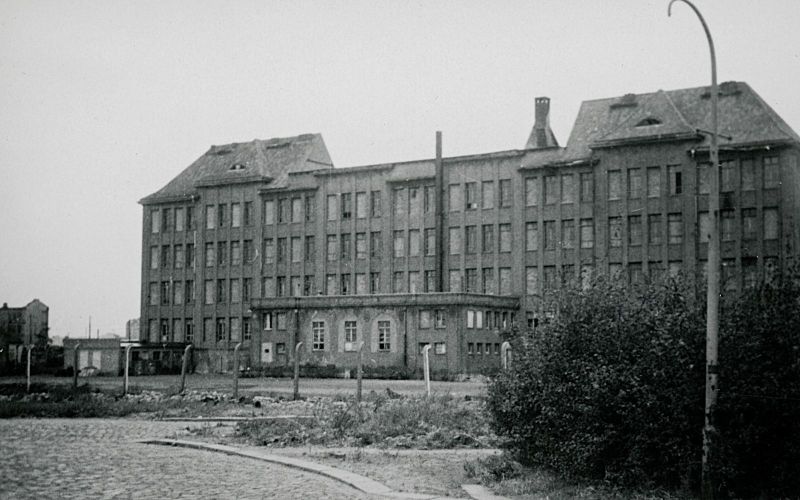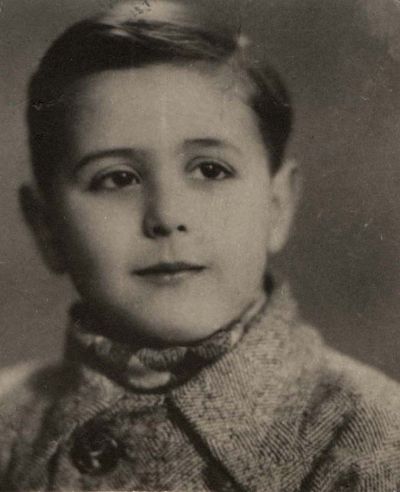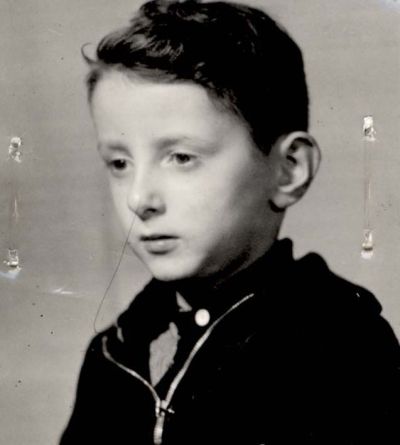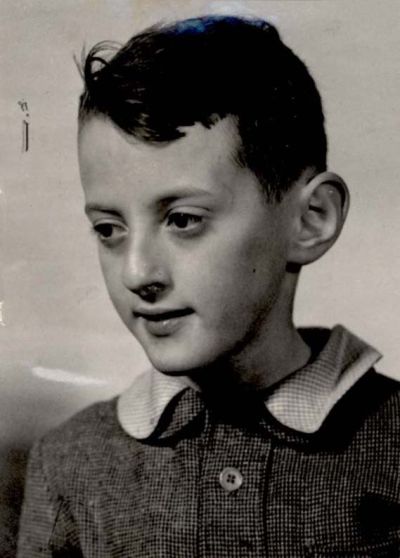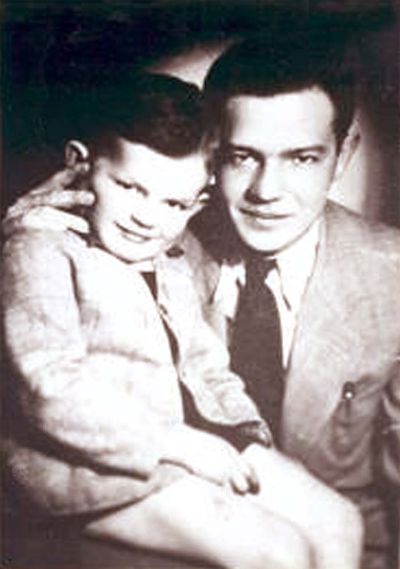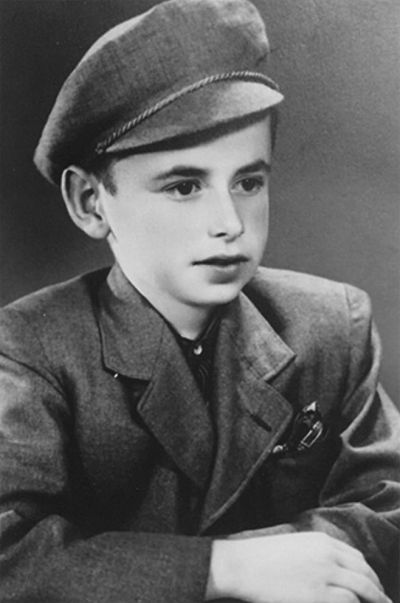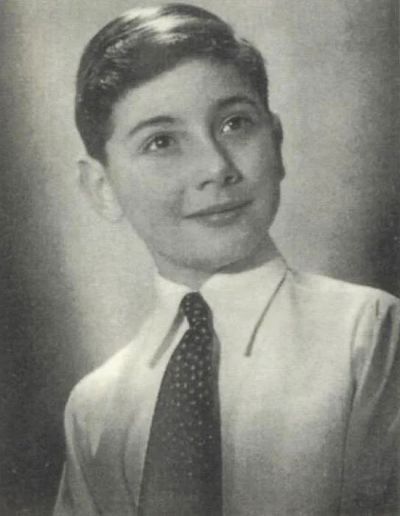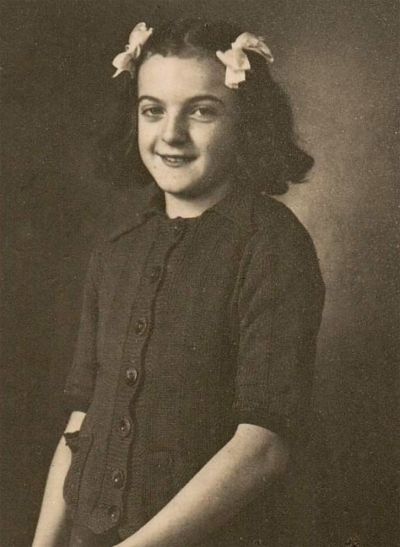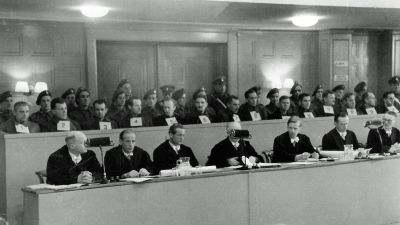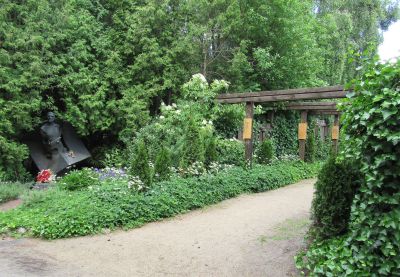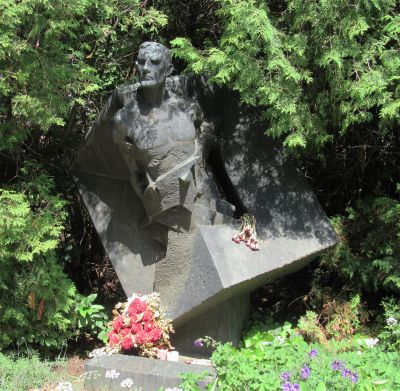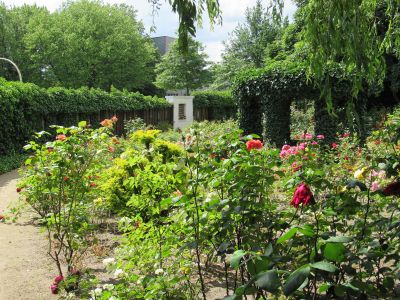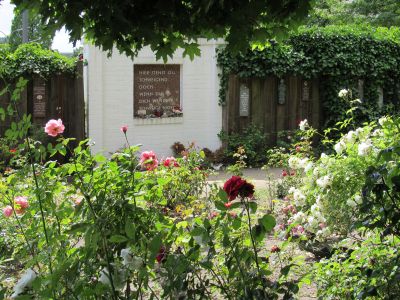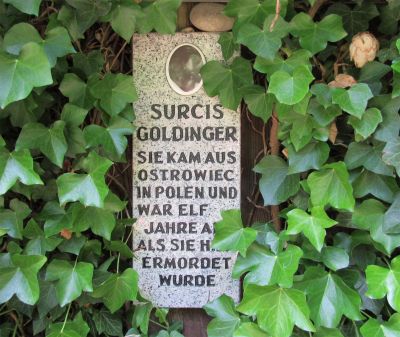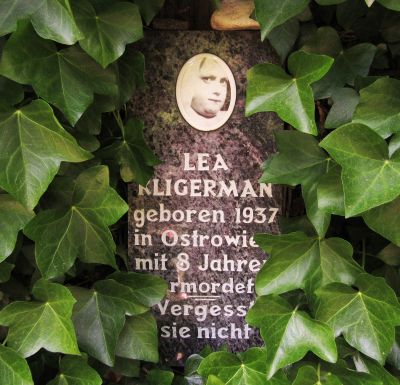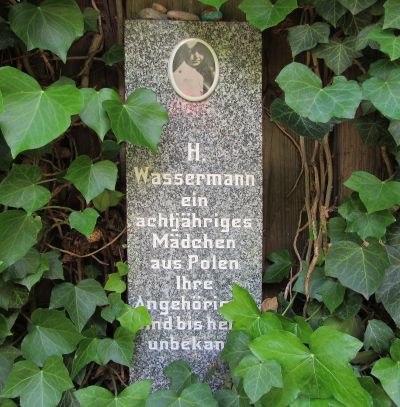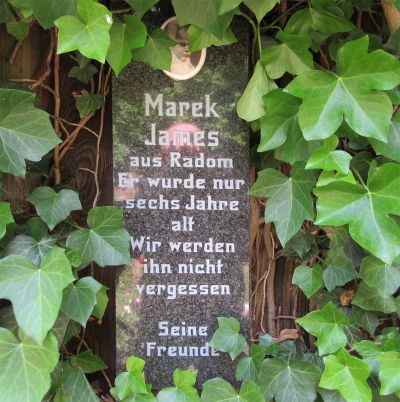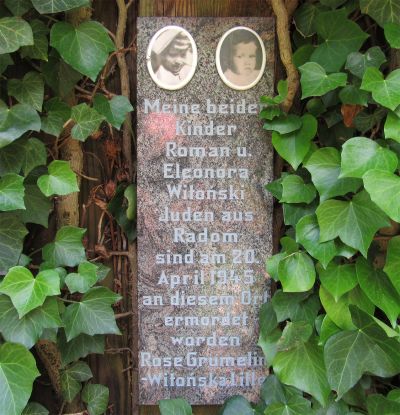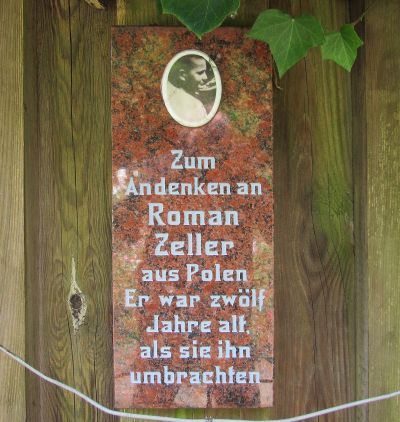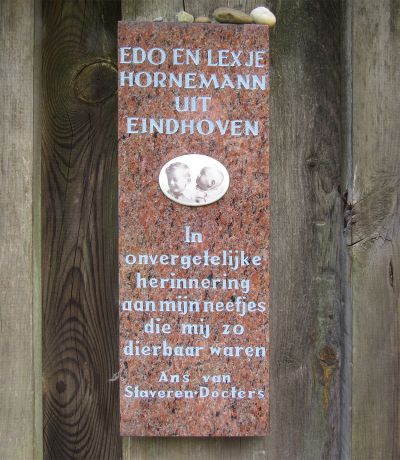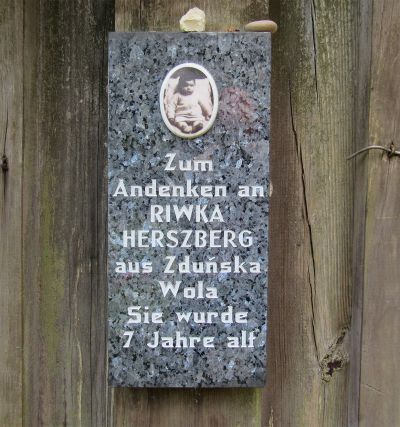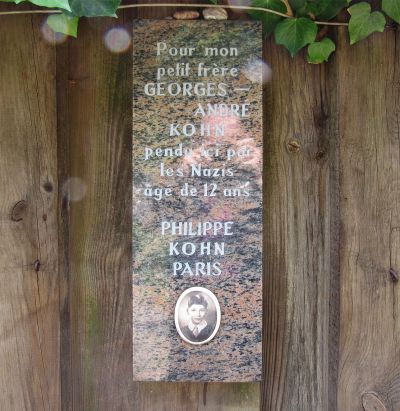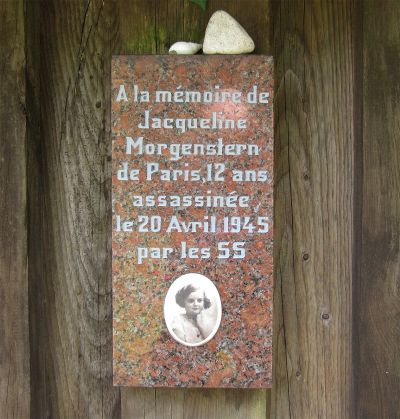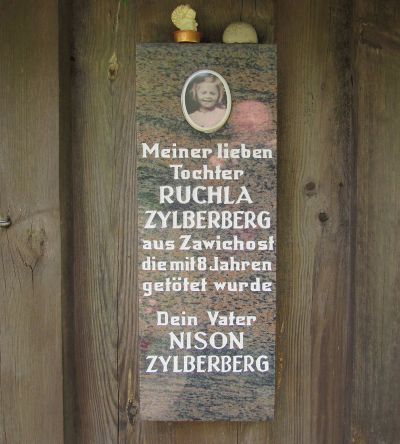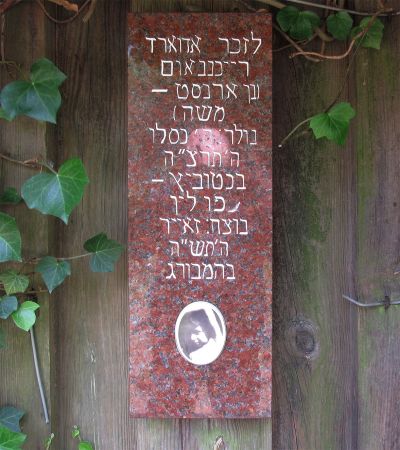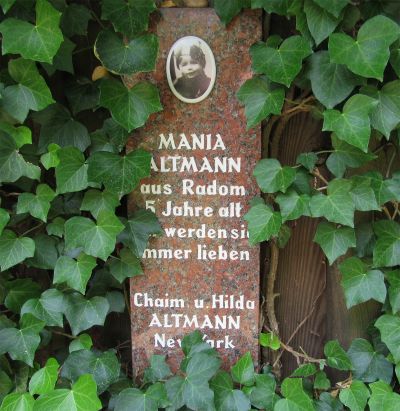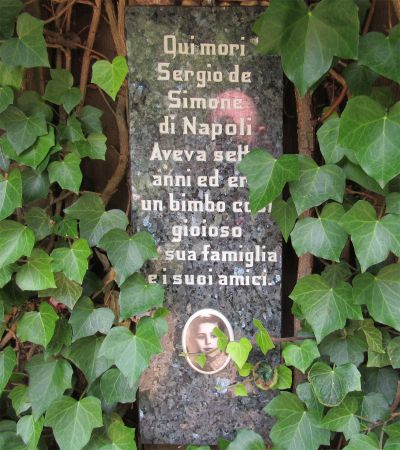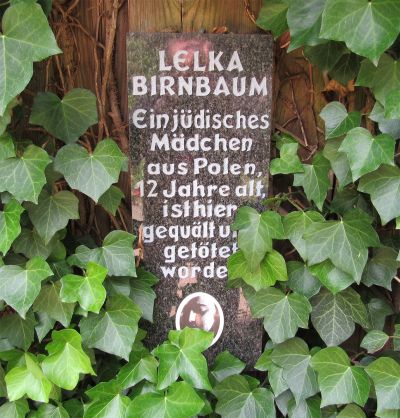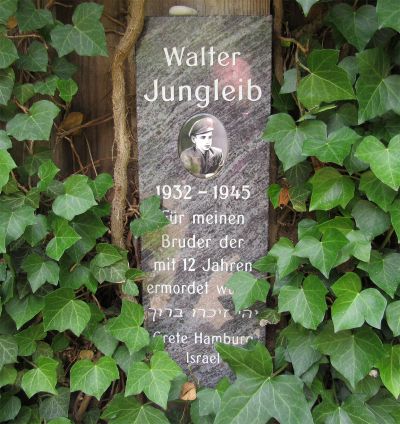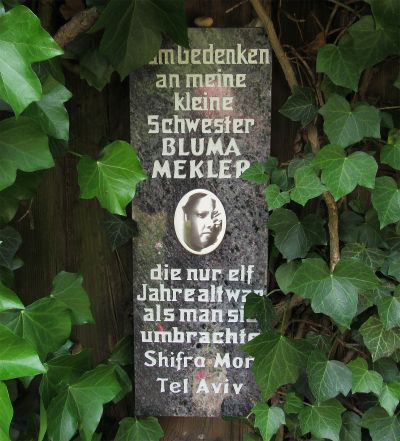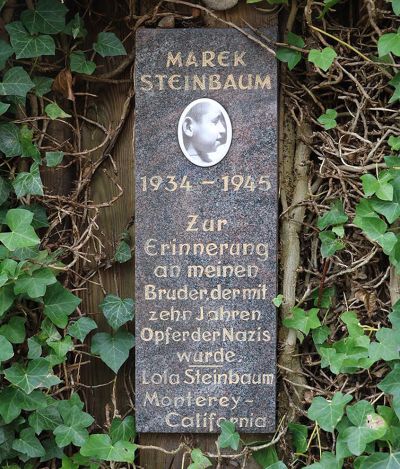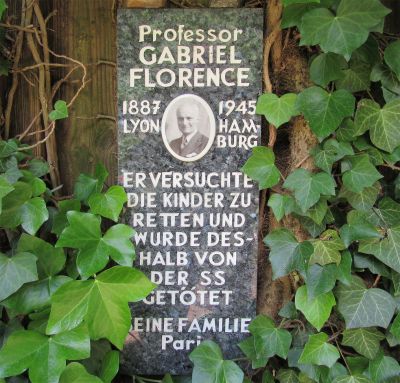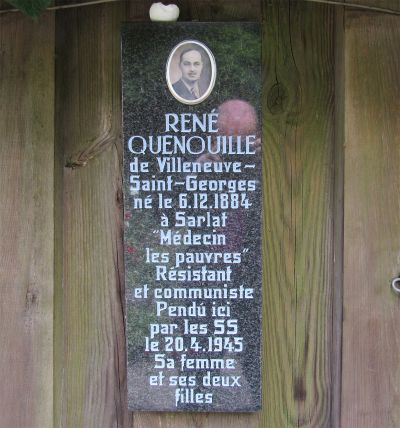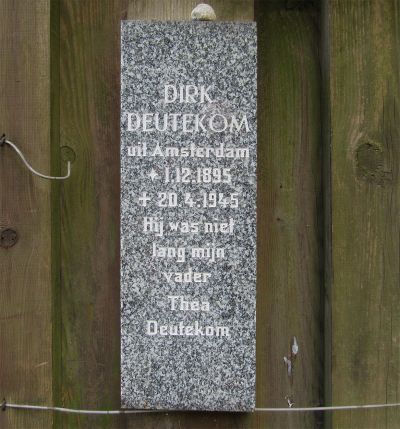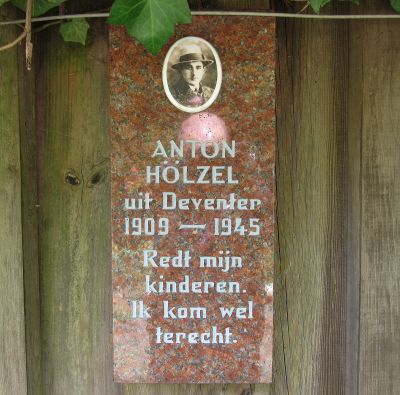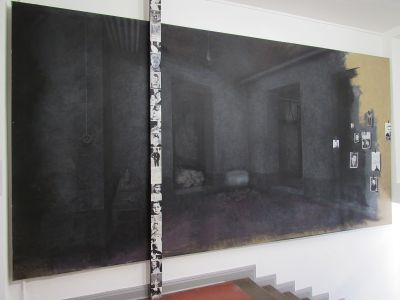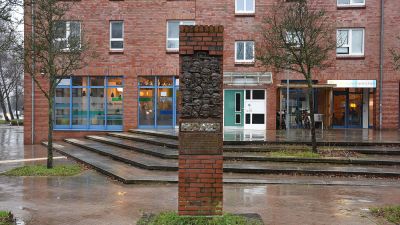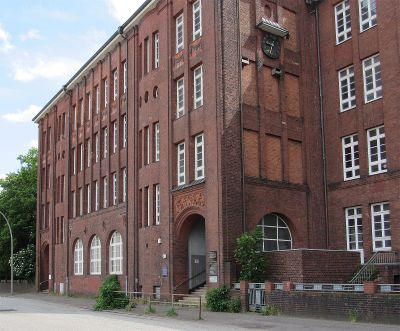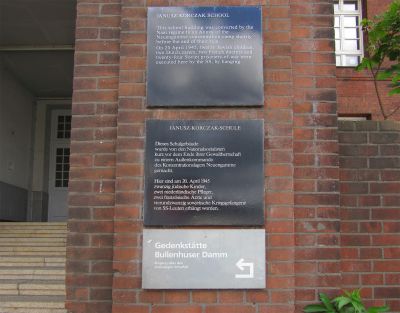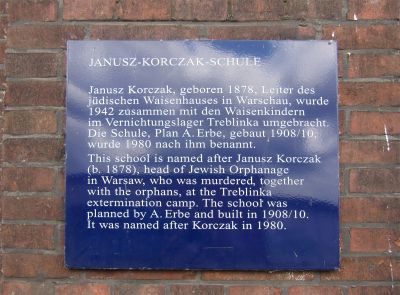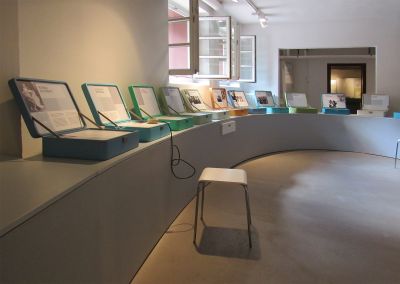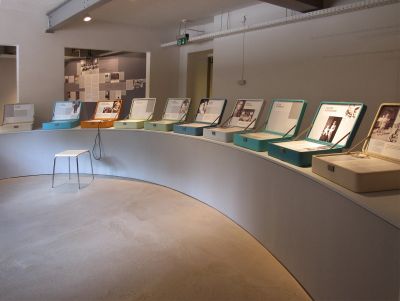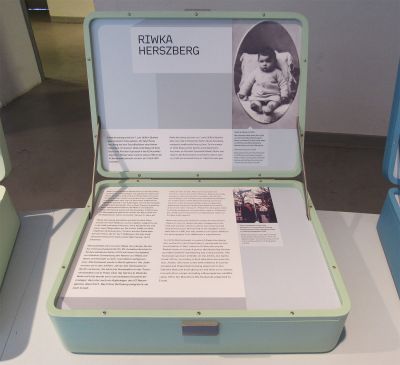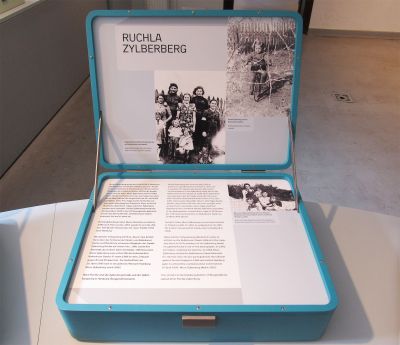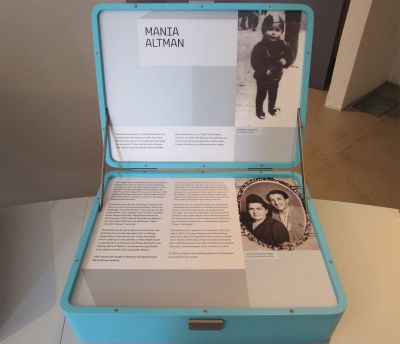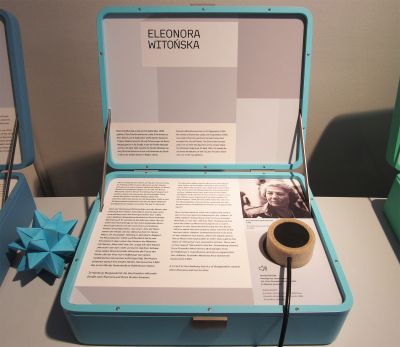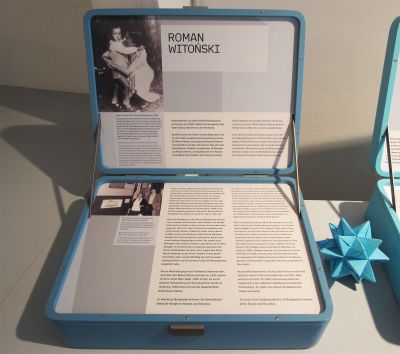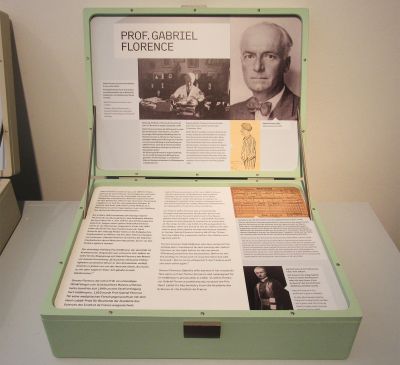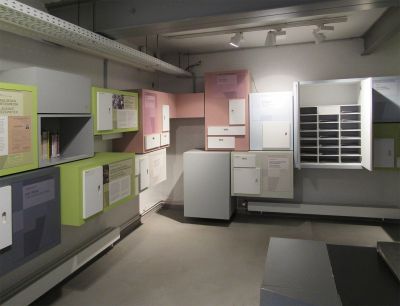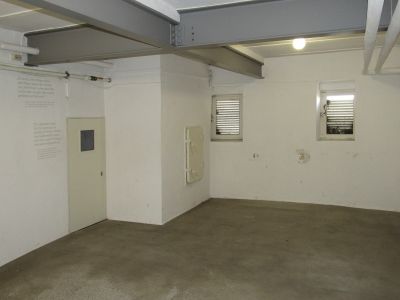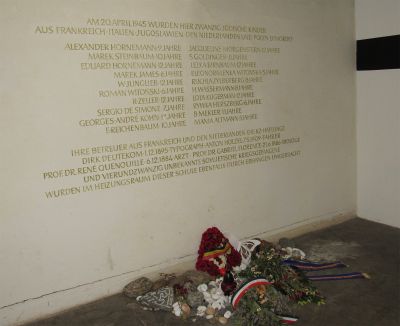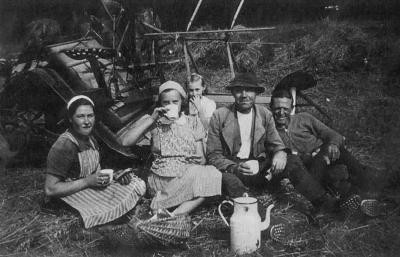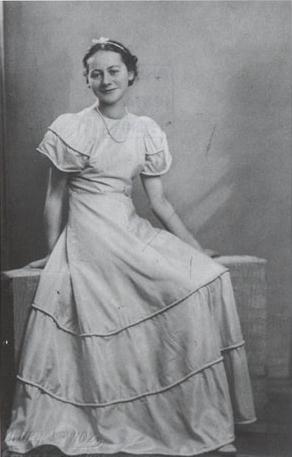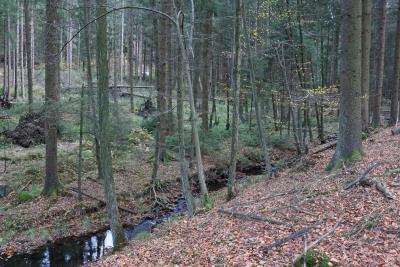The children of Bullenhuser Damm

In the ante-room of the barracks, Prof. Florence, whose job it was to take blood and urine samples from the children, and Dr. Quenouille were housed. Dr. Quenouille was responsible for clinically monitoring them, for taking their temperatures, recording fever curves, and producing X-rays. They were assigned two “caretakers” from the Netherlands. These were the book printer Dirk Deutekom, born in Amsterdam in 1895, a resistance fighter who was arrested in July 1941 and who was taken to Buchenwald concentration camp about a year later, and the lorry driver and waiter Anton Hölzel from Den Haag, born in Deventer in 1909, who had been arrested in 1941 for the same reason and taken to Buchenwald in March 1942. Both Hölzel and Deutekom were hanged on Bullenhuser Damm on 20 April 1945 together with Florence, Quenouille, and the children.
Tuberculosis cultures were rubbed into the scratched skins of all the children, who developed a fever two to three days later. It is not known which children were infected with tuberculosis following the introduction of serum via a tube inserted into the lung. X-ray images found later, which were analysed after the war in the Charité hospital in Berlin, showed infiltrative changes to the pulmonary lobes of Jacqueline Morgenstern, Lelka Birnbaum and Sergio De Simone, which indicate such a procedure was carried out. Shortly before Christmas 1944, all the children were severely ill. Professors Florence and Quenouille and the caretakers Hölzel and Deutekom all developed a close and friendly relationship with the children. They made sure that they were well fed, and were even able to persuade the camp commander and the canteen cook to provide them with extra rations. Despite being strictly forbidden to do so, prisoners brought Christmas gifts that they had made and sewn themselves. The torture resumed from mid-January onwards. Since Heißmeyer was keen to determine whether antibodies against tuberculosis had developed in the lymph nodes, he requested that they be operatively removed by the incarcerated Czech medic Dr. Bogumil Doclik and then analysed in the laboratory at Hohenlychen. At the end, all the children were confined to bed and had become apathetic[17].
Detailed information about the operations became known through the Polish nurse Franciszek Czekała, whose assistance was required in the operating theatre. Czekała, who was born in 1911 in Gulcz in the Filehne district in the province of Posen (now Wieleń, Greater Poland Voivodeship), was evacuated from Neuengamme to Lübeck in April 1945, and from there was taken by train to Neustadt in Holstein, where Polish survivors were registered.[18] On 17 December 1945, Czekała, who had until then been housed in the neighbouring town of Haffkrug-Sierksdorf, gave the following report to the well-known Austrian-born examining officer of the British Rhine Army, agent of the British intelligence service (the SOE) and member of the War Crimes Investigation Team, Capt. Anton Walter Freud:
“On 14 June 1940, I was arrested by the Gestapo on suspicion of anti-German activity, came to Buchenwald and on 16 December 1940 was taken to Neuengamme, where I remained until 3 May 1945. Before 1 January 1942, I was part of a squad of prisoners that was made to work on the construction of the canal on the river Elbe. From 1 January 1942 onwards, I worked as a medical orderly in block 9, where typhus patients were kept. From 1943–45, I was a medical orderly in area I. In 1944, 20 children arrived at Neuengamme, aged between five and twelve. Most of them were Polish Jews; however, there were also two French children and several Dutch children. They were housed in area IV in an isolated room. The children were not allowed to leave this room, and the camp prisoners were not allowed in. [...] The people responsible for caring for these children, who were also isolated, were two Dutchmen and two French doctors, a radiologist and a professor. Six weeks after the children arrived, the area overseer Mai came to me – at that time, I worked in area I – and said that I should make preparatons for nine gland operations; a Czech doctor, Dr. Doslik (sic!), would conduct the operations; the operations would be conducted on the children from area IV. The bandaging room of area I was used as an operating theatre. I prepared clamps, tweezers, sharp hooks, scalpels, and Novocain. When everything was ready, at around 7 in the evening, the caretakers brought in the children one by one from area IV to area I. I was in the bandaging room of area I and was present during all operations. The children’s clothes were removed from their upper bodies, and the children were placed onto the operating table. Iodine was applied to the skin under their arms, and they were then injected with 10 cc of 2 % Novocain. Dr. Dozlik (sic!), the operating doctor, then felt the glands under the arm, made a 5 cm incision and removed the gland. He then sewed the wound together with silk. Each operation lasted around 15 minutes. Nine children were operated on that evening. The French caretakers put the glands in a vial with formalin spirit and labelled them with name and number. After the operation, the children were taken back to area IV. After seven days, the children were brought back to area I, and I removed the silk stitches. The glands of each child were removed below the arm in operations that took place approximately two weeks in succession. During the operations, I noticed that many of the children had cuts on their chests in a grid-like pattern, covering a square of 3–4 cm. I don’t know what that meant. [...] In mid-April 1945, the children were taken from Neuengamme. I don’t know what happened to them after that. The caretakers were also taken away.”[19]
[17] Schwarberg: SS-Arzt 1997 (See Bibliography), page 41–45)
[18] See also the report by Jan Karcz and the entry on Franciszek Czekala (sic!) on the “List of rescued Poles from the Neuengamme concentration camp from the Lübeck-Neustadt transport train” (“Liste der geretteten Polen aus dem KZ Neuengamme vom Transport Lübeck-Neustadt”) at: Zapisy terroru, https://www.zapisyterroru.pl/dlibra/publication/2015/edition/1997/content?&navref=MWp6OzFqaCAxMnM7MTJiIGdqO2c0IDJ3Nzsydm8gY2Y7YzMgMnc7MmsgMnY1OzJ1bSAzMTM7MzBqIGJ3O2JrIGJtO2JhIDJ5OzJtIDYyOzVx&ref=main. See also Sterkowicz 1977/2021, see Bibliography and Online)
[19] Transcribed from the original document, photographed in: Medizinische Experimente an Häftlingen (see footnote 10)

















































































